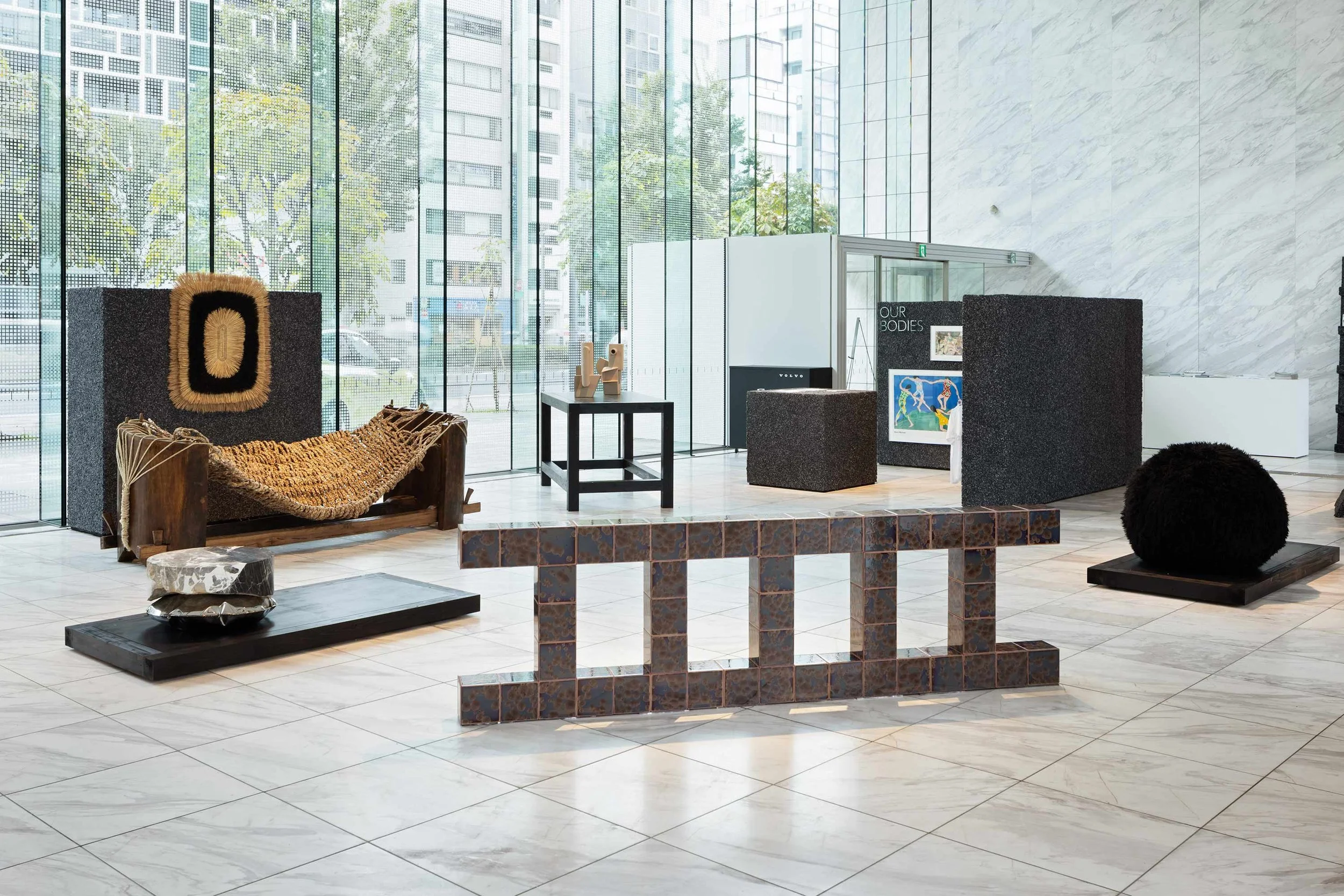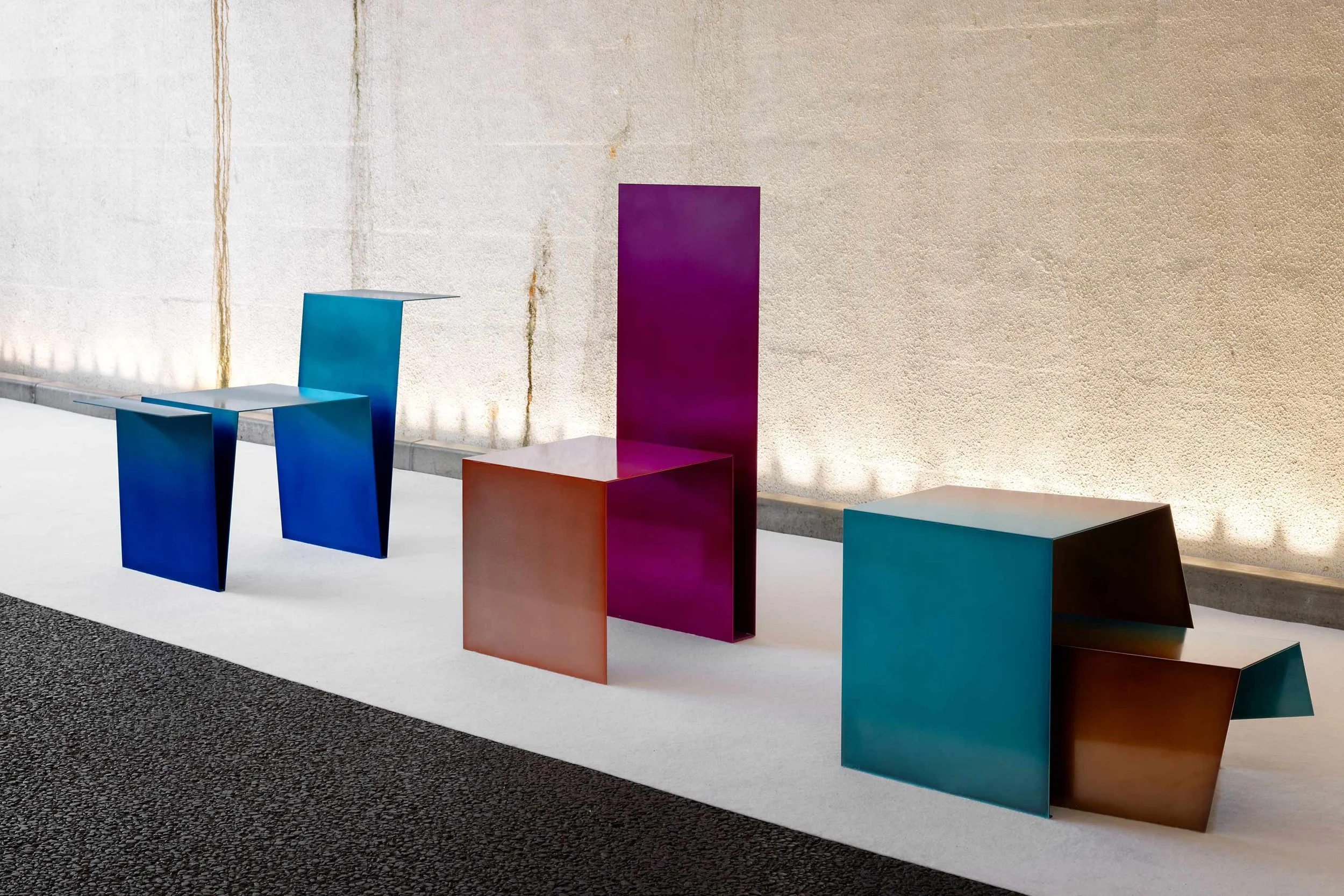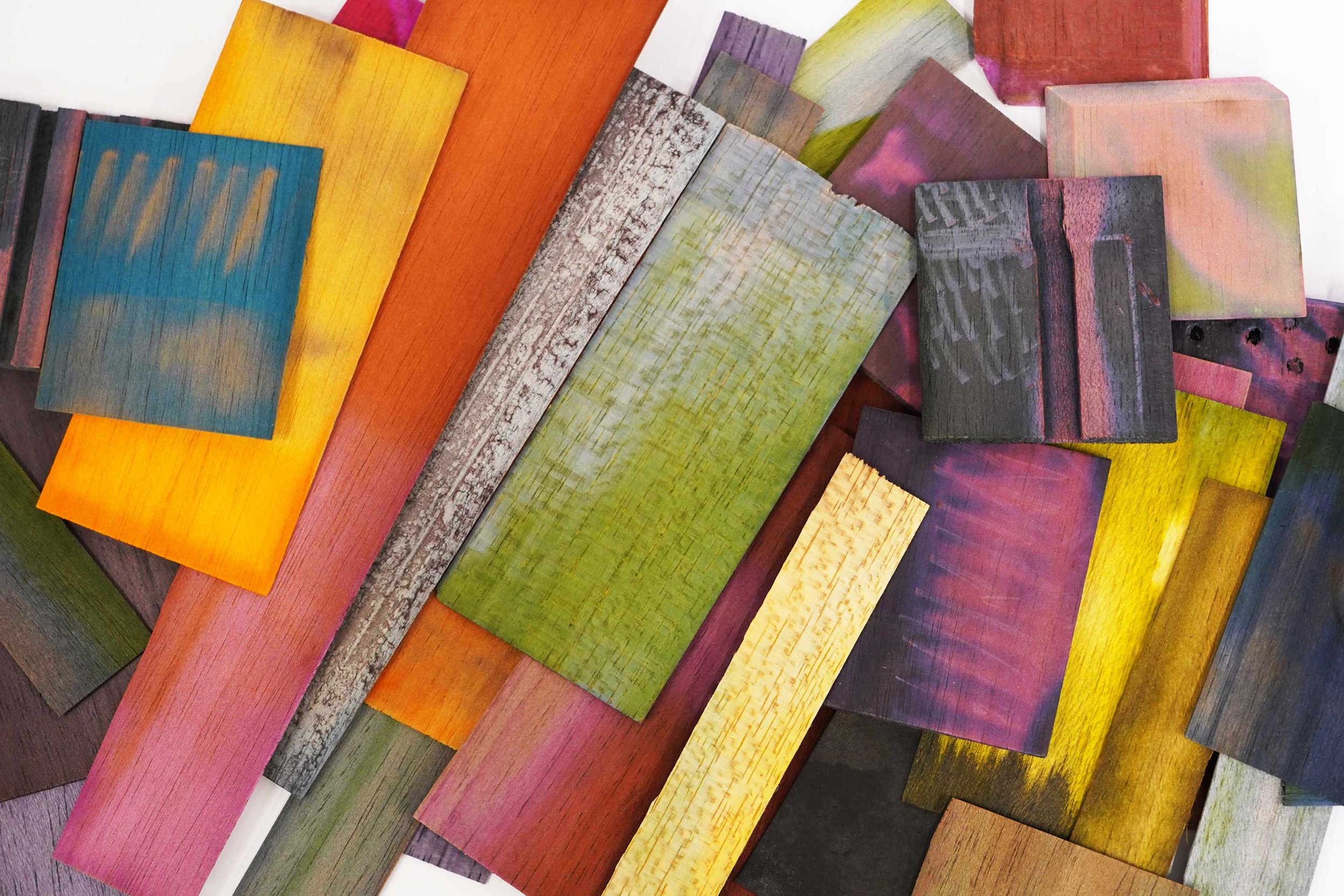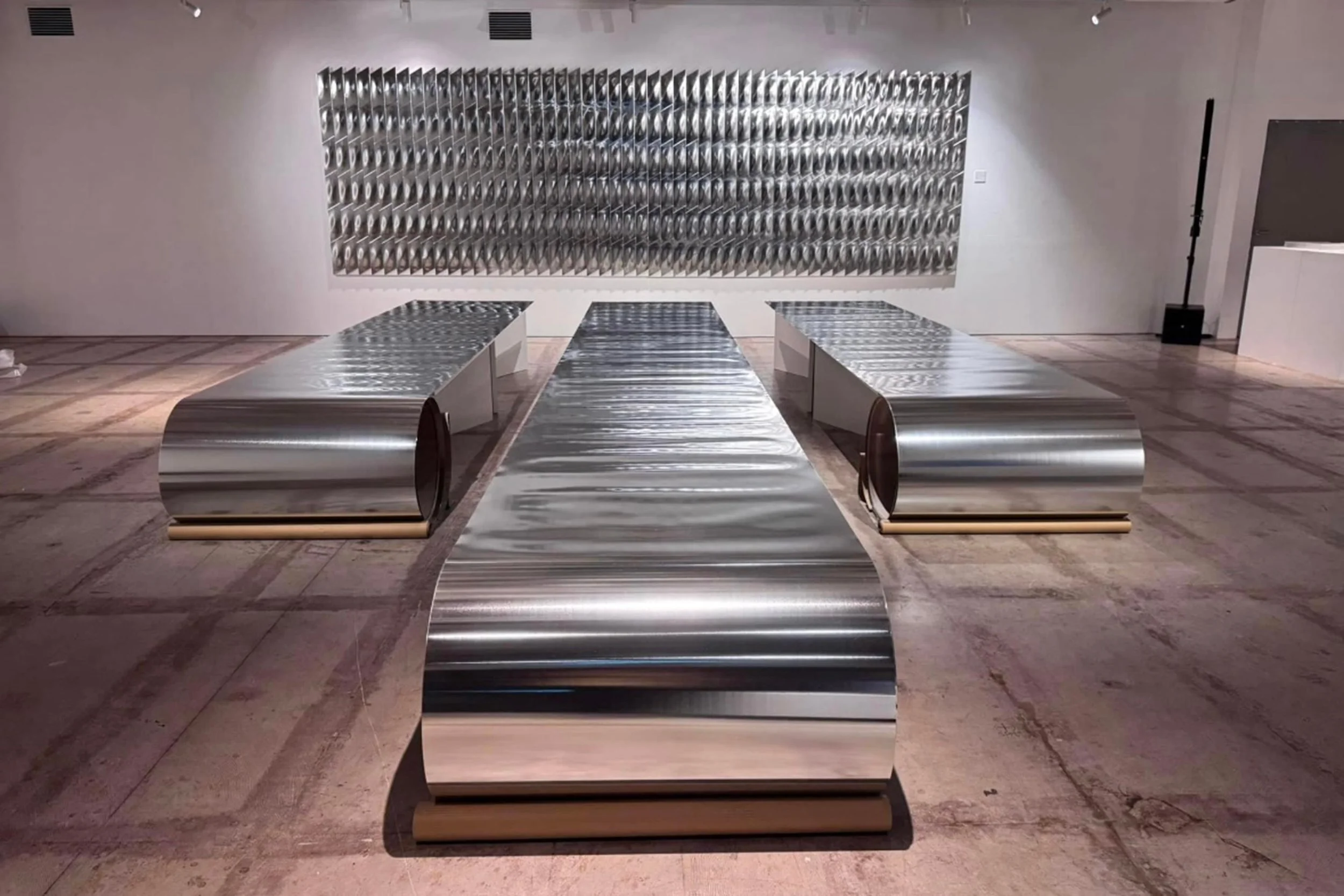Designart Tokyo 2024: Our Picks
Image by Nacasa & Partners
Designart Tokyo put on an intriguing show for its eighth edition, with a combination of vintage and contemporary designs that both answered and raised questions about our relationship with the material environment
Designart Tokyo, one of Japan’s largest design, art and interiors festivals, celebrated its eighth edition last month. The ever-expanding city-wide event boasted more than 100 exhibits responding to the theme of Reframing, each showcasing local and international creatives who presented new or ‘reframed’ perspectives. Avid fans of Japanese design wouldn’t be surprised to know that the best in show displayed a variety of innovations in both materiality and process. Here are a few of Design Anthology’s favourites this year.
Reframing exhibition
In previous years, a new guest curator was invited to create the flagship exhibition of DesignArt Tokyo, which is hosted in the foyer of the World Kita Aoyama Building. This year, though, saw four different curators, with an assemblage of works from art, design, craft and technology. Masato Kawai, of Bundlestudio, was responsible for the design works: a combination of contemporary and vintage pieces that caused enough visual friction to capture our attention. A rare vintage sofa by Brazilian designer José Zanine Caldas, whose work was often a political statement against deforestation, was hand carved from tree trunks by the designer himself. Behind was a wall-mounted piece by a Japanese rice-straw artist working under the name Arko. The artist’s work aims to revive traditional Japanese materials and techniques, and was recognised as a Loewe Craft Prize finalist in 2018. To the right, what appeared to be an oversized soft plush toy was a piece by Romanian artist Marion Baruch, another political statement, this time a commentary on racism and the Black Panther movement. A ladder-like form was a collaboration between Paris-based India Mahdavi and Alternative Artefacts Danto, a new initiative of Danto, one of Japan’s oldest mass producers of tiles. A piece by Belgian designer Ben Storms, to the left, displayed two of his signature materials — metal and stone —- and his deft sculpting and masonry skills.
Hojo Akira
At Tiers Gallery in Omotesando, Hojo Akira showed a small sofa that challenged our preconceptions about materiality and manufacturing. Acknowledging that most mass-produced furniture is made from multiple materials that are difficult to disassemble, making them difficult or impossible to recycle, Akira used a recyclable polyethylene resin material called Breathair that’s used for the upholstery cushioning inside Japan’s renowned bullet trains, normally hidden underneath a layer of fabric. The frame, made from aluminium, is easily disassembled. The effect is Spartan-looking but the piece is comfortable, and more importantly is totally recyclable.
Honoka Lab
The Tokyo-based design collective won the first prize at Salone Satellite in Milan in 2023 with its Tatami Refab project, which saw recycled tatami mat fibre mixed with biodegradable plastic and realised with 3D printing technology. For Designart 2024, the group collaborated with Aqua Clara, a leading bottled water provider, on an evocative showcase titled Trace of Water. While Aqua Clara already has a bottle return and reuse programme in place, this collaboration was focused on the exploration of new uses for the high-grade plastic derived from bottles that have passed their expiration date, resulting in some interesting new building materials, furniture and lighting designs.
Image by Kohei Yamamoto
Image by Kohei Yamamoto
Naoto Ogawa
A member of the Nomura design team, Ogawa paired with Cyuon, a powder coating factory in Hiroshima Prefecture, to create the Scape Fold series. Utilising Cyuon’s innovative colour gradation technology across folded sheet metal forms, Ogawa has beautifully translated the ephemeral colours of sunset and the space where earth touches the sky.
Image by Nacasa & Partners
Straft
A well-deserved finalist in the 2024 Design Anthology Craft prize, this young designer has created a collection of furniture and objects utilising rice straw, a by-product of the rice and sake industries in Japan. While the material has been traditionally used for thatched roofs, daily tools and rope, contemporary furniture and decorative objects are recent additions to the list of its uses. With Straft already displaying an interesting signature aesthetic, we’ll be keeping our eye on what comes next from the studio.
Image by Kohei Yamamoto
Image by Kohei Yamamoto
Takeru Sato
One of a group of designers who showed at Tiers Gallery in Omotesando, Sato displayed two pieces from his Najio collection: the 001 Pedestal Table, designed to function as a bench or table, and the 002 Pillar Stool meant to function as a stool or a coffee table. Both pieces incorporate a traditional type of washi paper that originates from a small town in Hyogo prefecture called Najio. Najio washi is made with an uncultivated gampi fibre and locally sourced clay with a technique that dates back to the Edo period. The addition of clay makes the paper durable and stain resistant. Each piece is then finished with natural shellac to further strengthen and protect it.
Image by Usamiryo
Saki Takeshita
Saki Takeshita showed a series of furniture and objects at Tokyo Midtown, all displaying a unique technique that involves dyeing and drying the wood veneer (balsa wood was used for this project) and then discolouring it with heat — a ‘mysterious phenomenon’, as the designer puts it. Green turns pink, blue becomes red and so on. The colours and patterns change depending on how the heat is applied and the species of wood.
Image courtesy of the designer
Atsuhiko Yoneda
Industrial designer Atsuhiko Yoneda teamed up with Nippon Steel Corporation this year to present an exhibition that explored new possibilities for tin as a material, with installations, product mock-ups and information on the environmental advantages of using tin. How many of us know that it’s as recyclable as aluminium? Yoneda has used tin for items such as shoe boxes that are not only cost-effective but also beautiful.
Text by Suzy Annetta
Image courtesy of Nippon Steel Corporation









